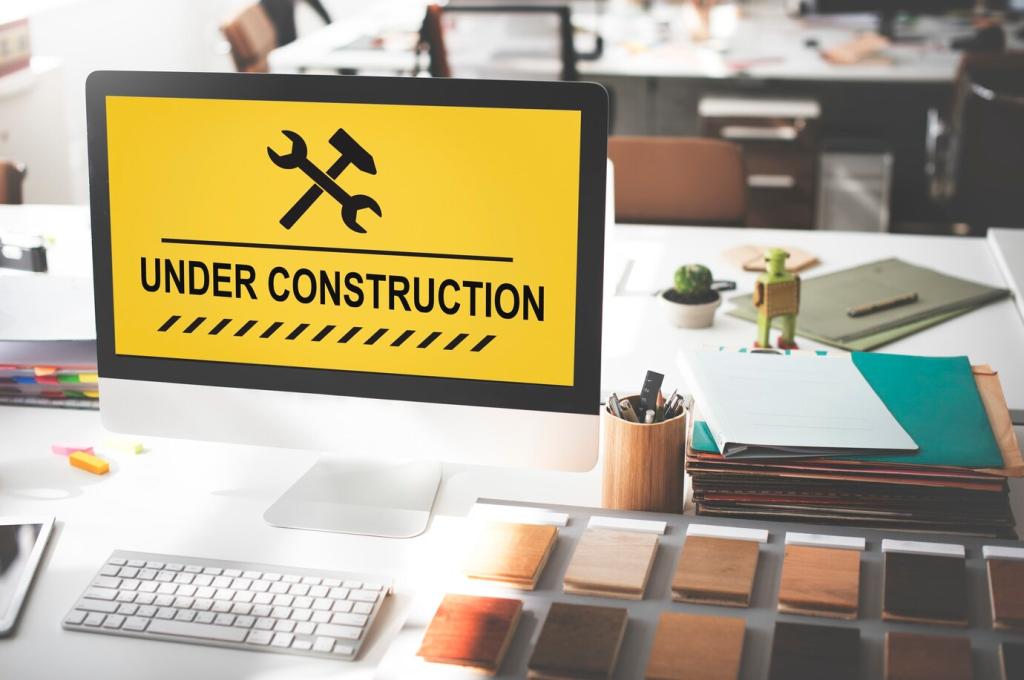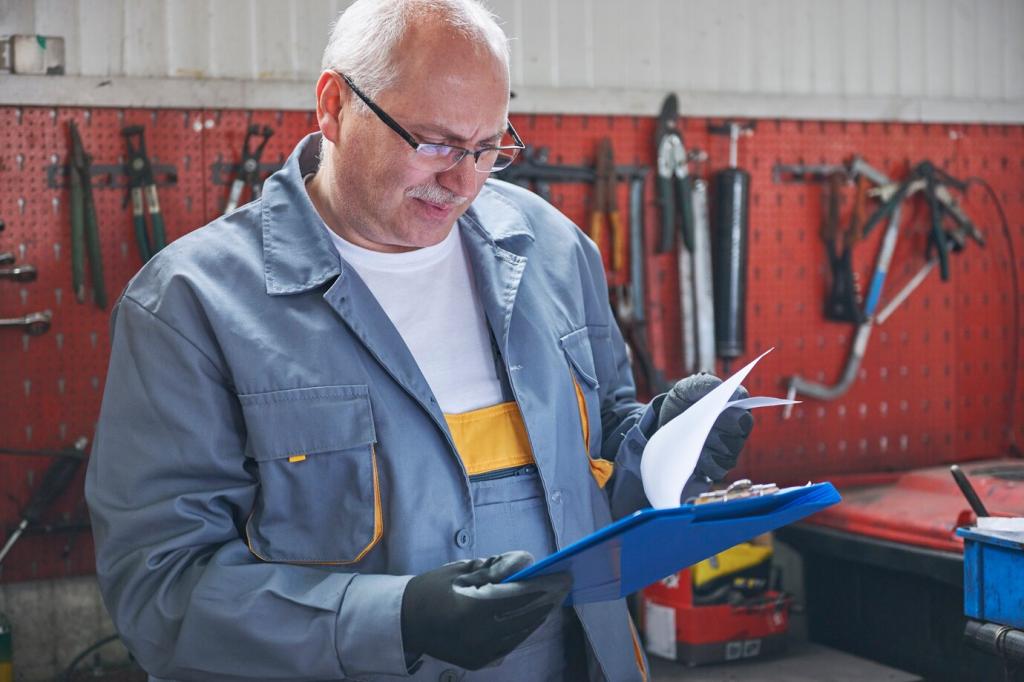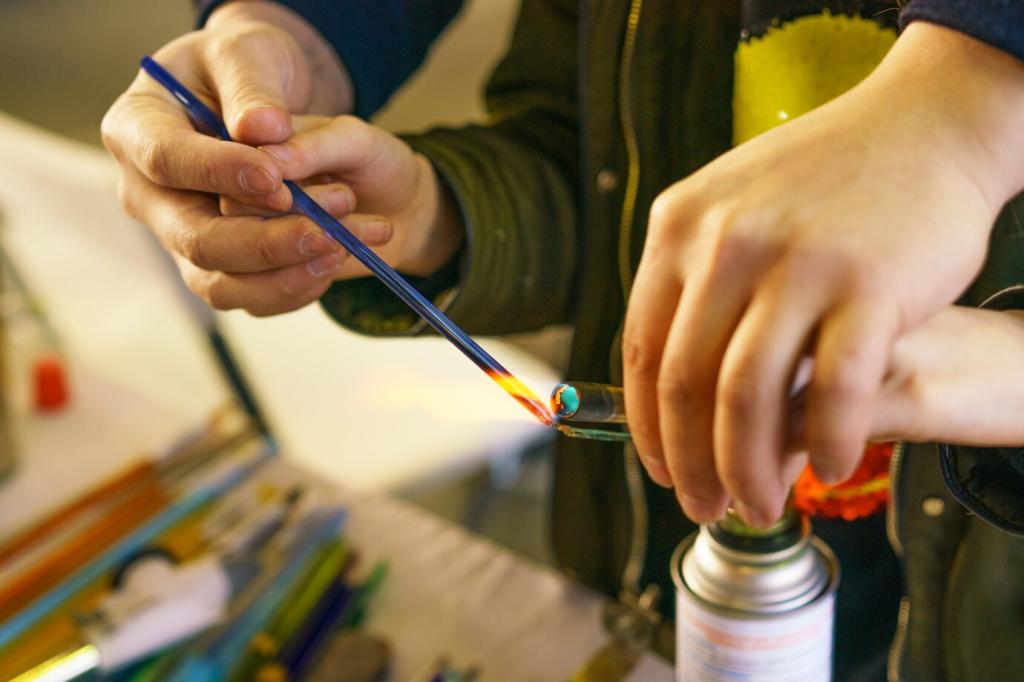The Foundation: Hand Tools You’ll Reach For Every Time
Quality screwdrivers and a wide bit set prevent stripped heads and preserve delicate hardware. Look for hardened tips, comfortable handles, and well-labeled storage. A magnetic tip can save a tiny brass screw from vanishing beneath the workbench forever.
The Foundation: Hand Tools You’ll Reach For Every Time
Sharp chisels pare glue squeeze-out, clean mortises, and square repairs without tearing fibers. Pair them with a wooden mallet for controlled taps. I once freed a stuck drawer runner by paring only a paper-thin sliver—sharpness made all the difference.
The Foundation: Hand Tools You’ll Reach For Every Time
A reliable tape, combination square, and marking knife align repairs from the start. Pencil lines wander; knife lines guide tools decisively. Measure twice, mark cleanly, then cut once—and tell us which square you trust for dead-accurate 90-degree checks.









